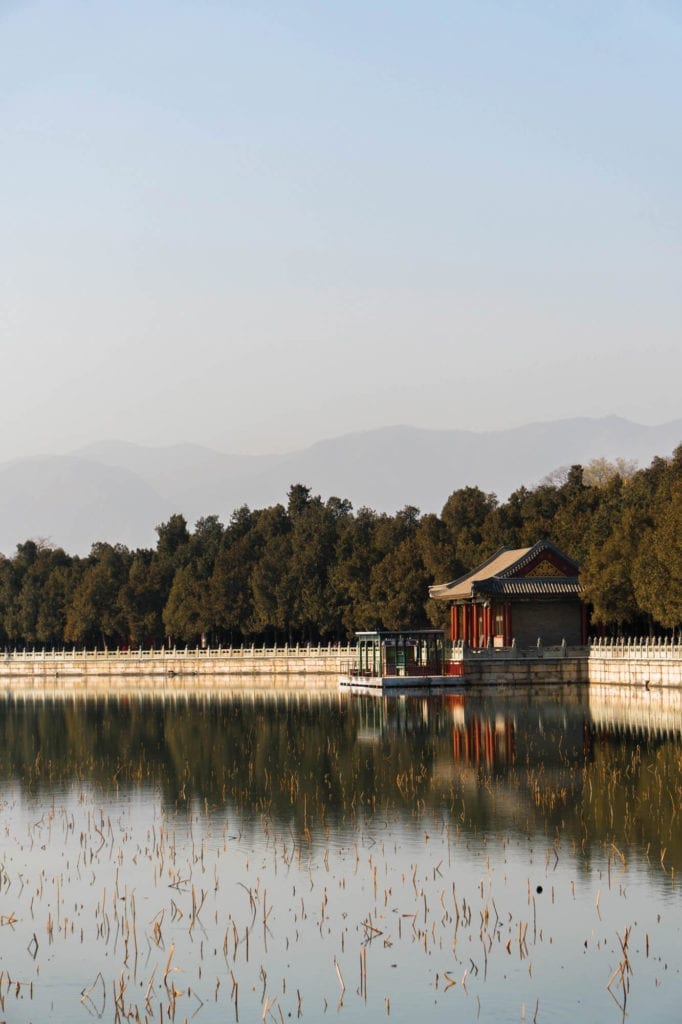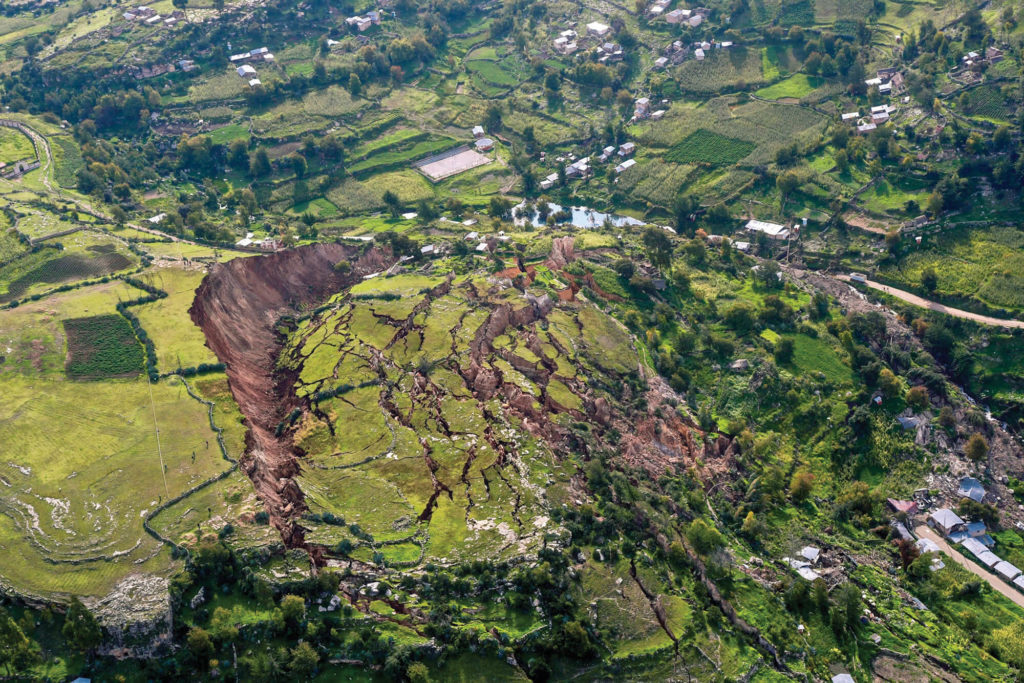Urban Forests Make Cities More Sustainable
By 2050, it is estimated that cities will host an additional 2.5 billion urban dwellers. Such rapid urbanization is likely to have a tremendous impact on the health of inhabitants, surrounding resources and the environment. Urban forests offer an effective solution for making cities healthier, safer, and more sustainable places for all.
Cities consume around 80% of total energy produced in the world, emitting 75% of global carbon emissions and producing 70% of global waste. These figures are substantial considering cities only cover 3% of the Earth’s surface. But by 2050, it is estimated that cities will host additional 2.5 billion people with most urbanization occurring in mid-sized cities of less developed regions, notably in Africa and Asia. While trees and forests are typically among the first resources affected by urbanization, their preservation and management are key to mitigating the costly effects of urbanization.

Trees improve quality of life
Urban forests are invaluable for sustainable urban development, increasing the overall well-being of urban communities. A green city where trees and forests are grown and managed in harmony with the urban environment is a healthier and safer place to live. Trees act as natural filters, absorbing harmful air pollutants released from the burning of fossil fuels from both traffic and industry. In 2002, the 2.4 million trees in the center of Beijing, China, removed 1261.4 tons of pollutants from the air. Such pollutants—including gases and particulates—are the leading cause of the increasing prevalence of respiratory diseases among children and adults living in urban areas. According to the World Health Organization, these pollutants also cause the premature death of 3 million people every year, proving that trees are essential to the health of urban inhabitants.
Urban forests contribute to increased social equity, promoting a sense of community that helps to ensure the preservation of local cultural values.
Providing open space for recreational activities also promotes healthier lifestyles, decreasing the occurrence of obesity and cardiovascular disease, while the aesthetic appeal of green space is beneficial to mental health. Covering pedestrian pathways and recreational areas, trees also improve the climate of cities by offering shade during the heat of summer and shelter from heavy rains. Thanks to their screening and shading effects on buildings, properly placed trees may also save energy by reducing the need for heating and cooling, providing environmental and economic benefits. By increasing the health and well-being of urban dwellers, trees and forests indirectly lower the cost of health care, directly benefitting public administrations.


Environmental benefits of urban forests
Trees also make cities safer places to live. Around 60% of urban dwellers live in areas at high risk of exposure to natural hazards, with flooding and droughts being most prevalent. Capturing rain, increasing the permeable surface of the city, retaining water, and stabilizing the soil, trees and forests lessen the likelihood of natural disasters occurring in urban communities. Successful afforestation projects have helped reduce the threat of landslides in urban areas worldwide, including Lima, Peru, demonstrating that planting trees can be the most cost-effective means to increase the safety of local communities.

The contribution forests have within cities is also evident in terms of the products and income they generate. In many cities, urban forestry practices, such as the collection of edible plants, planting of fruit-bearing trees or establishing of multifunctional public parks, can contribute to the availability of food within cities. As many urban dwellers in developing countries still heavily rely on charcoal and fossil fuels for heating and cooking, forests and woodlands located around urban areas can also be planted and managed for timber and wood fuel, reducing the pressure on natural forests. In terms of economic benefits to cities, the management of trees and forests creates new job opportunities, while their presence increases property values and attracts business and tourism.
By maintaining an ecological continuum with surrounding rural areas, urban forests support the conservation of local ecosystems and biodiversity. Well maintained, healthy peri-urban forests are fundamental to ensuring the supply of quality water to cities and the protection of watersheds, maintenance of reservoirs, and filtering of pollution. By providing shade and cooling the environment, trees in urban areas support communities to adapt to climate change. Lastly, on a grand scale, trees in and around cities contribute to climate change mitigation by absorbing carbon dioxide and reducing global carbon emissions.

The benefits of urban forests are manifold and cities should strive to integrate forests and trees fully into urban planning. Doing so in an inclusive manner — by involving all stakeholders in the planning, design and management of urban forests from the very beginning—would ensure the optimization of these very benefits.
The first World Forum on Urban Forests (WFUF)8 organized by FAO and other partners in Mantova (Italy) in November 2018 gathered together more than 600 experts from 70 countries to share experiences, knowledge and lessons learned on urban forestry implementation around the world. One of the main outcomes of the event was the Call for Action – a document intended to provide a reference for cities that aim to develop communities where urban and peri-urban forests help to achieve the Sustainable Development Goals (SDGs) and are recognized for the wide range of benefits they provide. The achievement of such an ambitious goal is supported by the Tree Cities of the World program, which is an international scheme developed by Arbor Day Foundation and FAO that aims to acknowledge the efforts made by cities in implementing concrete actions to enable the environment for urban forests and green spaces to be managed efficiently. The program is also aimed at encouraging cities that are more advanced in the management of their urban forests to share lessons learned those who are just moving the first steps, both within the same country but also through regional and international cooperation.